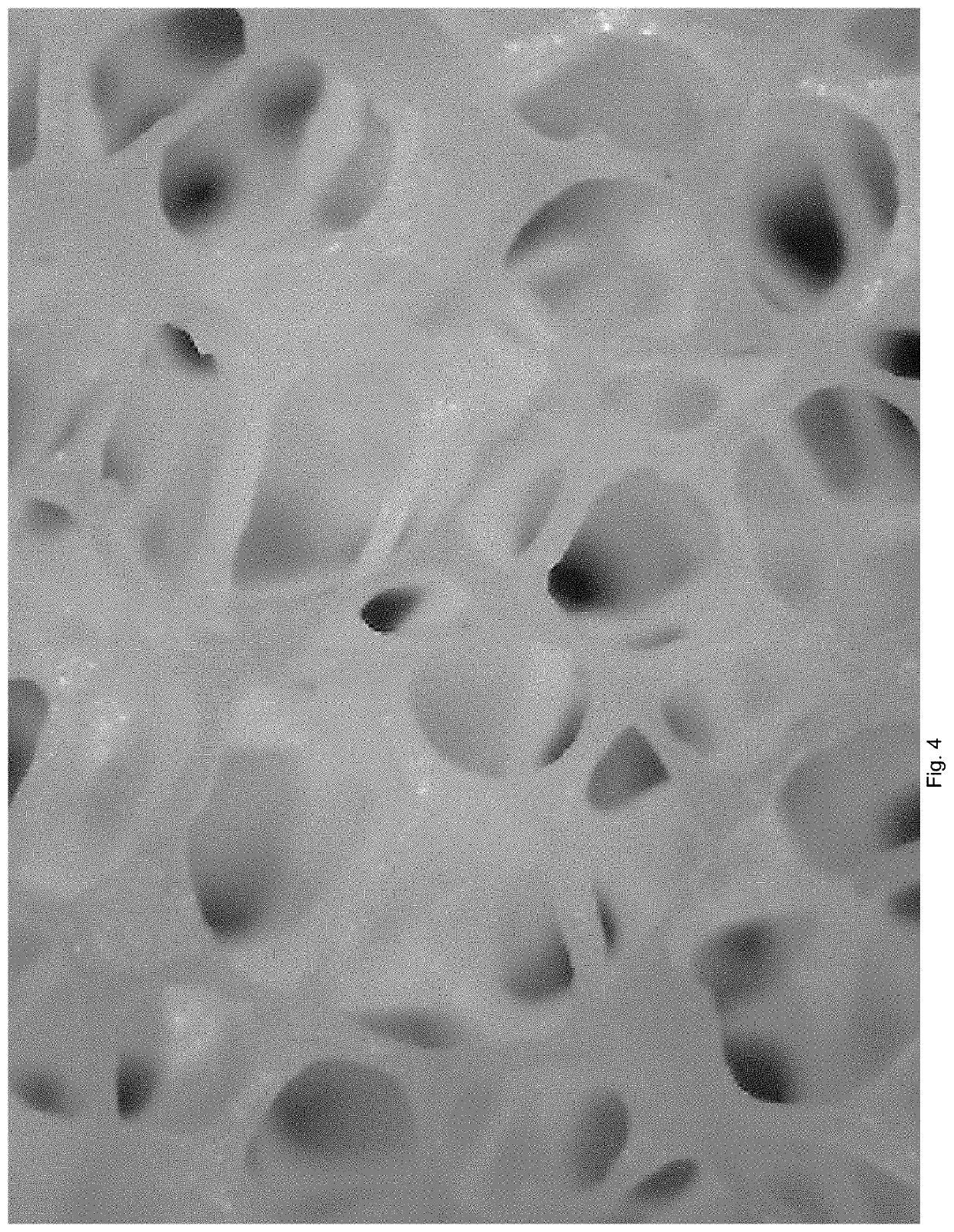Aerodynamic catalytic converter
a catalytic converter and aerodynamic technology, applied in the field of catalytic converters, can solve the problems of increasing the weight of the catalytic converter, reducing clogging the catalytic converter, so as to improve the efficiency of the engine, reduce the weight, and reduce the friction of the gas flow
- Summary
- Abstract
- Description
- Claims
- Application Information
AI Technical Summary
Benefits of technology
Problems solved by technology
Method used
Image
Examples
Embodiment Construction
[0025]FIG. 1 is a cross-sectional view of the catalytic converter according to an embodiment of the present invention, in a plane passing through its longitudinal axis of the catalytic converter. The catalytic converter includes a Coanda chamber assembly 25 and a catalytic reaction chamber 40. The Coanda chamber assembly 25 is coupled at its distal (downstream) end to the catalytic reaction chamber 40 and at its proximate (upstream) end to an exhaust pipe 10. The interior space (the Coanda chamber), as defined by an interior housing 30, is rotationally symmetrical around the longitudinal axis and has varying diameters, including at least a first narrower section 32 (the most upstream narrower section) and a first wider section 33 immediately downstream of the first narrow section. Preferably, the diameter at the widest point of the first wider section 33 is 2 to 3 times the diameter at the narrowest point of the first narrower section 32. In the illustrated embodiment, the interior ...
PUM
 Login to View More
Login to View More Abstract
Description
Claims
Application Information
 Login to View More
Login to View More - R&D
- Intellectual Property
- Life Sciences
- Materials
- Tech Scout
- Unparalleled Data Quality
- Higher Quality Content
- 60% Fewer Hallucinations
Browse by: Latest US Patents, China's latest patents, Technical Efficacy Thesaurus, Application Domain, Technology Topic, Popular Technical Reports.
© 2025 PatSnap. All rights reserved.Legal|Privacy policy|Modern Slavery Act Transparency Statement|Sitemap|About US| Contact US: help@patsnap.com



